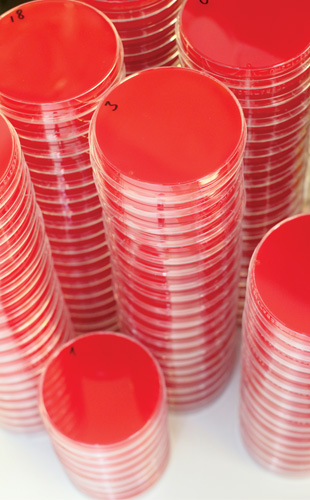What Are Some Advantages And Disadvantages Of The Serial Dilution Agar Plate Te

New season, new update! The new i68 Controller is now compatible with FIFA 16 and it includes the following features: LAUNCHER – allows you to start the game in online/offline modes (preserving edits as much as possible) and to manage up to five installations of the game simultaneously. REGENERATOR – with which you can rewrite the index files. Fifa 13 i68 regenerator 3.2 download.
Feb 03, 2009 Best Answer: It lets you get an accurate plate count and therefore determine concentration of bacteria per mL. As the dilutions progress, you will reach a point where a reasonable number of colonies can be counted and multiplied by the dilution factor to get concentration. Disadvantages- does not separate. Study 5 Serial Dilution method flashcards from Mandy S. On StudyBlue. Advantages of serial dilution-agar plate; 1. Only viable cells counted. Plate 1 mL = 10^4.
Abstract Manual counting of bacterial colony forming units (CFUs) on agar plates is laborious and error-prone. We therefore implemented a colony counting system with a novel segmentation algorithm to discriminate bacterial colonies from blood and other agar plates. A colony counter hardware was designed and a novel segmentation algorithm was written in MATLAB. In brief, pre-processing with Top-Hat-filtering to obtain a uniform background was followed by the segmentation step, during which the colony images were extracted from the blood agar and individual colonies were separated. A Bayes classifier was then applied to count the final number of bacterial colonies as some of the colonies could still be concatenated to form larger groups. To assess accuracy and performance of the colony counter, we tested automated colony counting of different agar plates with known CFU numbers of S.
Pneumoniae, P. Aeruginosa and M. Catarrhalis and showed excellent performance. Introduction Microbiological research techniques often rely on accurate determination of colony forming units (CFUs).
Routinely, this is done by aliquoting a small amount of a liquid culture and plating out several serial dilutions onto culture plates (Petri dishes containing semisolid medium). After incubation in appropriate conditions for the microorganism of choice, the colonies are counted to determine the number of CFU. This is done by manually counting of colonies on plates illuminated by transmitted light. The concentration of bacteria in the original culture can then be calculated based on the assumption that each colony has raised from one single bacterium (colony forming unit, CFU). This process is time-consuming, tedious and error prone. There is a tendency to analyse only high dilutions of the initial culture as these have fewer colonies to count.

Unfortunately, in low count assays minor counting errors have significant effects on the calculated concentration in the primary liquid medium. Driver xerox docuprint p1202 windows 7 download. On the other hand, accurate counting of plates with high numbers of CFUs is error prone since it requires a high level of attention by the performer. Therefore, often only parts of a plate are analyzed and used to estimate the whole plate count after extrapolation. Furthermore high numbers of CFUs on a plate can lead to false redults due to overcrowding of bacteria. This study aimed to design an automated colony counter which reliably detects, bacterial counts and colony size on semisolid agar plates of 85 mm diameter.
The system should be suitable for the study of important human pathogens, such as Streptococcus pneumoniae, Moraxella catarrhalis and Pseudomonas aeruginosa. These bacteria are grown on diverse agar plates including Columbia blood sheep agar (CSBA), chocolate agar and brain heart infusion (BHI) agar plates. The system should also be user-friendly and cost-effective with an algorithm that is adaptable to other culture media and microorganisms. Bacterial strains and growth conditions A total of 7 clinical isolates of S. Pneumoniae were selected from two nationwide surveillance programs collecting nasopharyngeal and invasive isolates,. Additionally, a clinical isolate of Pseudomonas aeruginosa and ATCC strain 25238 of Moraxella catarrhalis were used for validation of the automated colony counter (one isolate for each species). For liquid culture all isolates were grown in brain heart infusion (BHI) broth, supplemented with 5% fetal calf serum (FCS) for S.
For culture on solid media, S. Pneumoniae and Pseudomonas aeruginosa were grown on CSBA plates and Moraxella catarrhalis on BHI plates. All agar plates were produced in house. Strains were grown at 37°C in a 5% CO 2 atmosphere. For counting experiments strains were grown in liquid medium to an OD 600 nm 0.3–0.4. Ten-fold serial dilutions of culture were made in phosphate buffered saline (PBS, pH 7.4) and 100 µl of dilutions (usually of 10 −4 to 10 −7) were plated out on agar plates using glass inoculators and a small rotating disk.